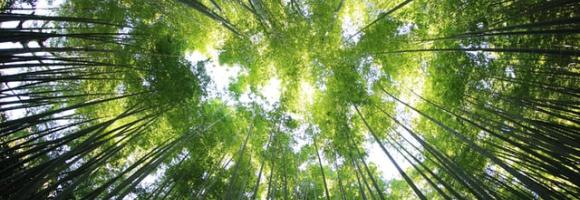
The Forest Landscape Integrity Index (FLII) is a composite index created to show the degree of forest integrity for 2019.
The authors identified three Forest Integrity categories: “high ”“medium”, and “low”.
Here it is presented the % of forested area with High Integrity over the total forested area by country. For Hight Forest Integrity, the authors mean “Interiors and natural edges of more or less unmodified naturally regenerated (i.e., non-planted) forest ecosystems, comprised entirely or almost entirely of native species, occurring over large areas either as continuous blocks or natural mosaics with non-forest vegetation; typically little human use other than low-intensity recreation or spiritual uses and/or low-intensity extraction of plant and animal products and/or very sparse presence of infrastructure; key ecosystem functions such as carbon storage, biodiversity, and watershed protection and resilience expected to be very close to natural levels (excluding any effects from climate change) although some declines possible in the most sensitive elements (e.g., some high value hunted species).”
---
Data Uploaded by Simona Lippi using the BIOPAMA Services (2021)
Forest Landscape Integrity Index (FLII)
The Forest Landscape Integrity Index (FLII) is a composite index created to show the degree of forest integrity for 2019.
The authors identified three Forest Integrity categories:
“High ”“Medium”, and “Low”. Here it is presented the % of forested area with High Integrity over the total forested area by country.
Forest Landscape Integrity Index (FLII)
The FLII is the first measure of ecological integrity for all the world’s forests. This index integrates data on observed and inferred forest pressures and lost forest connectivity to generate the first globally-consistent, continuous index of forest integrity as determined by degree of anthropogenic modification. The map shows the extent of forested area with low integrity score and high integrity score by country